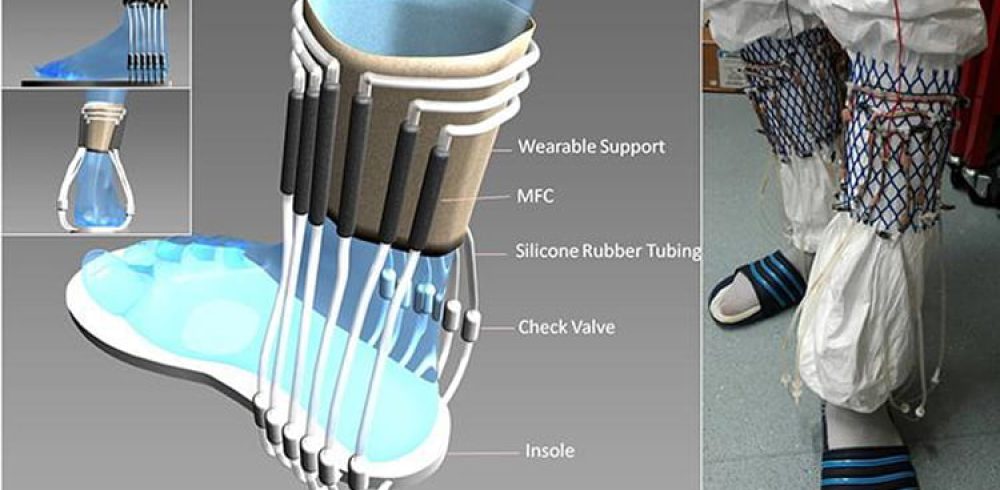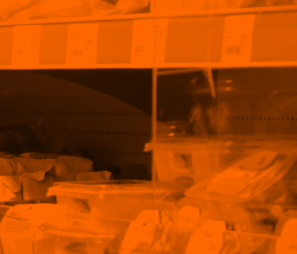Urine-powered wireless transmitter created as wearable tech : The first completely self-sufficient wearable wireless transmitter powered by urine and the energy of human steps has been created by British researchers.
Consisting of a pair of custom-made socks embedded with miniaturised microbial fuel cells that use urine as a source of energy, the device has successfully sent a signal to a PC in an experiment conducted by scientists at the University of the West of England.
The system requires no additional source of energy as the urine circulates through the fuel cells solely with the help of the footsteps of the system’s wearer.
Having already powered a mobile phone with MFCs using urine as fuel, we wanted to see if we could replicate this success in wearable technology, said Professor Ioannis Ieropoulos from the Bristol BioEnergy Centre at the University of the West of England (UWE Bristol) who is one of the world leaders in the research of pee-power.
We also wanted the system to be entirely self-sufficient, running only on human power, using urine as fuel and the action of the foot as the pump.
Normally, the flow of urine in the fuel cells would be ensured by a mains-powered pump. In this case, the researchers chose a manual pump based on a fish circulatory system and harnessed the energy of walking to power it.
During the experiment, the wireless transmitter was able to successfully send a message every two minutes.
This work opens up possibilities of using waste for powering portable and wearable electronics. For example, recent research shows it should be possible to develop a system based on wearable MFC technology to transmit a personâs coordinates in an emergency situation, Ieropoulos said.
At the same time this would indicate proof of life since the device will only work if the operatorâs urine fuels the MFCs.
The technology, described in an article in the latest issue of the journal Bioinspiration and Biomimetics, uses microbial fuel cells that rely on bacteria to generate electricity. As the microbes inside the fuel cell grow, they generate energy, which is then converted into electricity by the fuel cells. The cells can use any form of organic waste as a source of fuel.
In a joint project with charity Oxfam, the researchers have recently created a prototype toilet that uses urine to power lights in bathrooms in refugee camps.
Manufacturing & Engineering Magazine | The Home of Manufacturing Industry News















